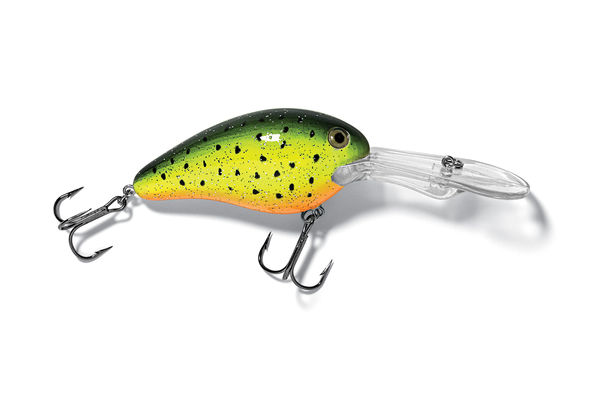Anglers don’t speak in terms of how many megabytes they used to catch a fish, but they could. Technology has deeply penetrated the venerable sport of fishing. Luckily, lure manufacturers are operating with an unlimited data plan and are willing to use the collective science developed in aerospace design, the food industry, and Silicon Valley to enhance the traditionally primitive art of tricking a fish into biting an artificial bait. Long gone are the days of whittling wooden crankbaits and carving worm shapes into wax for molding. The lure matrix is now computerized, and each byte used toward the goal of artificial bait production results in more bites for anglers.
THE ROBOBAIT
“The technology that goes into Livingston Lures is cutting edge,” says Erick Arnoldson, national sales director for the company. “But our concept is simple. We are using advanced digital circuitry to produce a lure that mimics real forage species not only in the way that it swims and looks, but in the way that it sounds as well.”
According to Arnoldson, this is no easy feat. “Most hard-bait manufacturers have about four steps they use to produce a bait. We have about 35.”
First, tiny circuit boards are programmed and the sound of distressed baitfish—a soft drumming noise made as gill plate muscles beat against the swim bladder—are downloaded onto microchips. Next, the battery, speaker system, and LEDs (if applicable) are welded into the lure body in a specific fashion in precise locations to ensure the proper balance.
“Unlike any traditional lure manufacturer, we have a clean room for assembly. This is a dust-free environment, and it is climate-controlled.
“We have developed software to improve battery life to two years. Water completes the circuit, so when our bait is out of the water, it turns off. With the new software, our baits also detect movement. Now, even when submerged, if there is a long period without movement, the bait goes into a deep sleep,” Arnoldson says. Lures cost about $15.
WHAT’S NEXT: “Be on the lookout for our Smart Aquatic Marine Instrument (SAMI) app,”…





